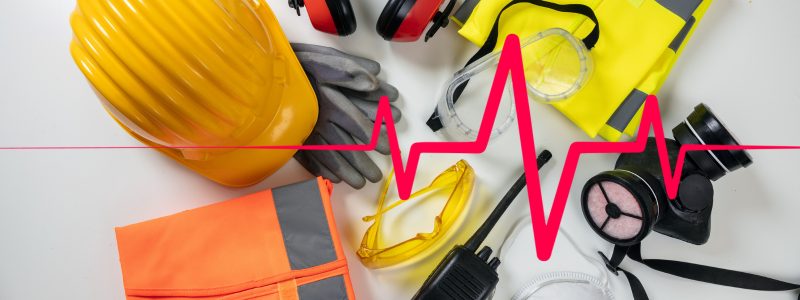Care Net Consultants understands the paramount importance of ensuring a safe and secure workplace environment for all employees. One of the key aspects of workplace safety is the proper utilisation of Personal Protective Equipment (PPE). In this blog post, we will dive into the significance of PPE and explore different types of protective gear employed to safeguard employees in various work settings.
What is Personal Protective Equipment (PPE)?
Personal Protective Equipment, commonly referred to as PPE, encompasses any specialised gear, clothing, or equipment used to minimise the risk of injury or illness in the workplace. It acts as a barrier between the wearer and potential hazards, providing protection against physical, chemical, electrical, or biological threats.
Why is PPE Important for Workplace Safety?
1. Prevents Injuries: PPE serves as the first line of defense against workplace hazards, such as falling objects, chemical spills, or flying debris. By equipping employees with appropriate protective gear, the risk of injuries is significantly reduced.
2. Reduces Exposure to Harmful Substances: In certain work environments where exposure to hazardous chemicals or substances is prevalent, PPE plays a crucial role in reducing the risk of long-term health issues. It acts as a shield against dangerous particles, chemicals, and fumes, limiting potential harm to the respiratory system, skin, or eyes.
3. Compliance with Legal Regulations: Employers have a legal obligation to provide proper PPE to employees where necessary. By ensuring compliance with safety regulations, businesses protect themselves from potential lawsuits and penalties, while also demonstrating a commitment to their employees’ well-being.
Types of PPE in the Workplace:
1. Head Protection: In industries where falling objects or low-hanging obstructions pose a risk, hard hats are essential. They protect workers from head injuries, concussions, or skull fractures.
2. Eye and Face Protection: Safety glasses, goggles, or face shields shield the eyes and face from hazardous substances, debris, or chemical splashes. Industries such as construction, manufacturing, and healthcare often require this type of PPE.
3. Respiratory Protection: In environments where exposure to airborne pollutants, dust, or toxic fumes is common, respiratory protective equipment like masks or respirators are necessary. These prevent inhalation of harmful substances, safeguarding the respiratory system.
4. Hand and Arm Protection: Gloves made from materials like leather, rubber, or chemically resistant materials shield hands and arms from cuts, burns, chemicals, and infectious agents. Industries such as engineering, labs, and construction rely heavily on this type of PPE.
5. Body Protection: Coveralls, vests, aprons, and flame-resistant clothing offer protection against chemical spills, heat, flames, or biological hazards. This type of PPE is crucial in industries like construction, manufacturing, and laboratory research.
Prioritising PPE provision and use fosters a secure work environment. Remember, safety begins with you, and Care Net Consultants is your partner in the pursuit of workplace safety excellence.
Stay compliant, contact us today!
WhatsApp: +27 76 670 0634 | Email: sales@carenetconsultants.co.za

